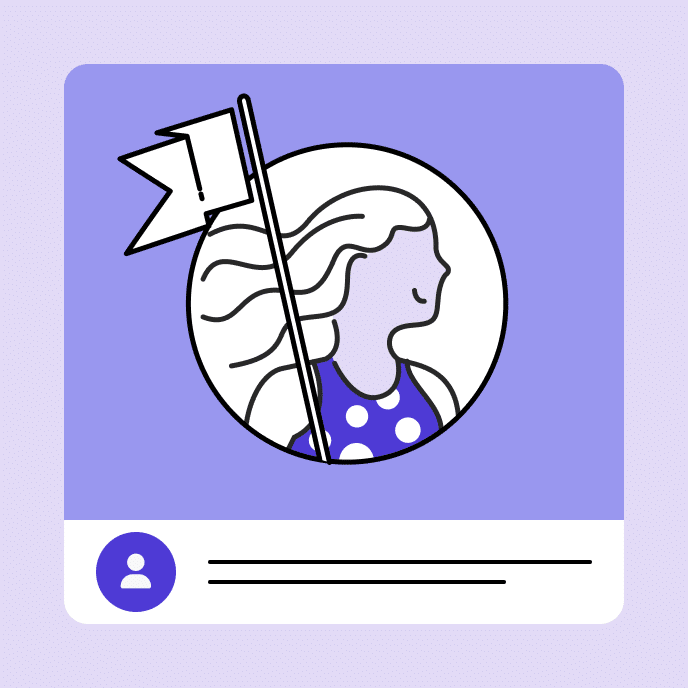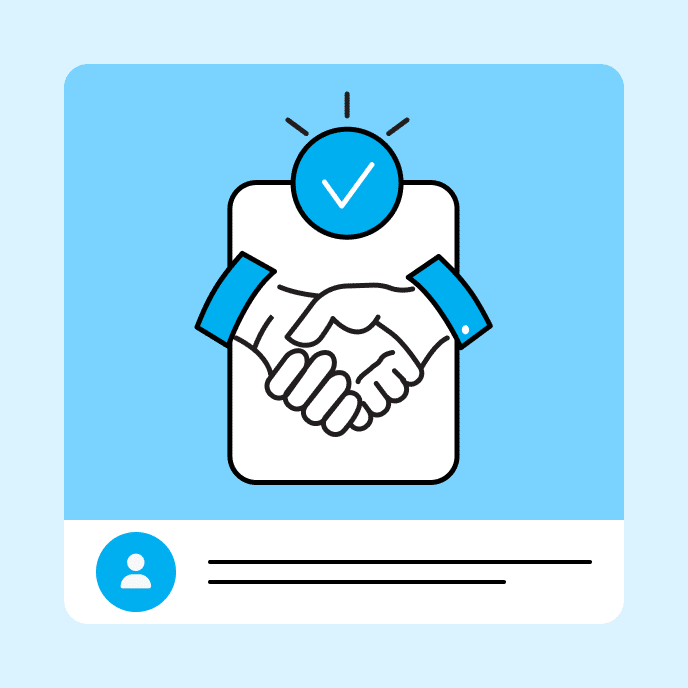What is average handle time?
Average handle time (AHT) is a common key performance indicator (KPI) for call center agents. AHT is used to measure how long customer interactions take, from initial contact to resolution. It includes call time, hold time, and after call work time like logging notes and follow-up. Reduced average handling time often correlates with higher customer satisfaction scores (CSAT).
Example: In an effort to reduce average handle time, our call center implemented technical skills training on our customer relationship management system to help agents operate more efficiently before, during, and after calls.
Centered around enhancing the customer experience from beginning to end, average handle time is often measured alongside first contact resolution (FCR) rates and net promoter score (NPS).
Why is average handling time important?
Long handle times increase the chance that customers become frustrated, leading to lower customer satisfaction. Understanding average handling time—through close monitoring and analysis—helps call centers identify bottlenecks and common pain points. Once issues are solved, customer satisfaction increases, and by extension customer loyalty.
Reduced handling times increase operational efficiency, allowing agents to take more customer calls and spend more time on reskilling or upskilling. AHT can also inform training or staffing needs that would otherwise go unnoticed.
Best practices to improve AHT
If average handle time increases, there are several ways to help reduce it. Effective preboarding and onboarding training ensures call center agents are adequately prepared to help customers. Intuitive CRM systems can help agents resolve inquiries more efficiently.
Continuous learning on software systems and customer service skills keeps agent skills sharp and helps to streamline daily workflow processes. Lastly, it’s important to provide regular support and feedback to your agents. Monitor customer interactions consistently to find areas for improvement.

Related terms
You may also like
Ready to get started with the leading course authoring tools?
Articulate has everything you need to create better workplace training. Start creating for free today.



